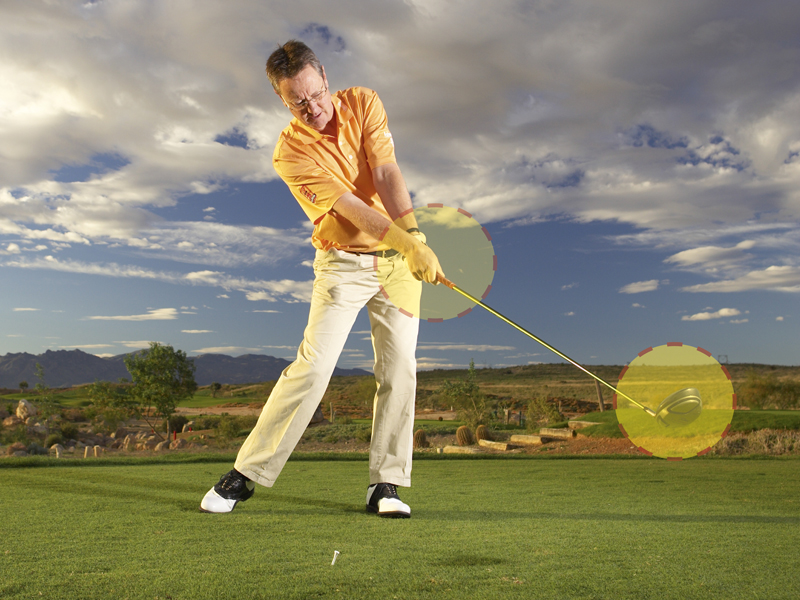Release through impact video
Golf Monthly Top 25 coach Keith Wood has some tips to help you get the feeling for the correct way to release the club through impact for more consistent ball striking and extra yards.


Golf Monthly Top 25 coach Keith Wood has some tips to help you get the feeling for the correct way to release the club through impact for more consistent ball striking and extra yards.
Try these tips for how to release through impact if weak strikes are costing you precious yards and you tend to hit a lot of shots fat and thin.
As you take the club back, your right elbow and wrist will naturally fold. This is good because the angle created here is what will generate power once it is released.
Poor strikes as well as fat and thin contacts often occur when this angle is released too early. You can create immense power without losing control by storing this angle for as long as possible before releasing through the ball.
To help you visualise this, imagine a Rafael Nadal serve. His left elbow (he’s left-handed) bends as he throws the ball up, but as he delivers the racquet that elbow straightens, creating the power and sweet contact he is looking for.
The same rule applies in golf. As you can see from my swing, my right elbow and wrist release their angles through impact.
It is this last-minute move that creates speed through impact. Crucially, the timing of this is everything, but if you can set and retain the angles for as long as possible, your brain will be able to work out when to release in order to strike the ball.
Subscribe to the Golf Monthly newsletter to stay up to date with all the latest tour news, equipment news, reviews, head-to-heads and buyer’s guides from our team of experienced experts.
Be aware of this key move without getting bogged down in the technicality of it. The power and control this creates is an essential aspect of any good golfer’s game.
Top tips
- As you take the club back, your right elbow and wrist should fold naturally
- The angle this creates is what generates the power once the release is initiated
- It is this last-minute release of these angles that creates the speed through impact
- The timing of this is everything, but if you can retain the angles for as long as possible, your brain will work out when to release in order to strike the ball

Tom Clarke joined Golf Monthly as a sub editor in 2009 being promoted to content editor in 2012 and then senior content editor in 2014, before becoming Sports Digital Editor for the Sport Vertical within Future in 2022. Tom currently looks after all the digital products that Golf Monthly produce including Strategy and Content Planning for the website and social media - Tom also assists the Cycling, Football, Rugby and Marine titles at Future. Tom plays off 16 and lists Augusta National (name drop), Old Head and Le Touessrok as the favourite courses he has played. Tom is an avid viewer of all golf content with a particularly in depth knowledge of the pro tour.